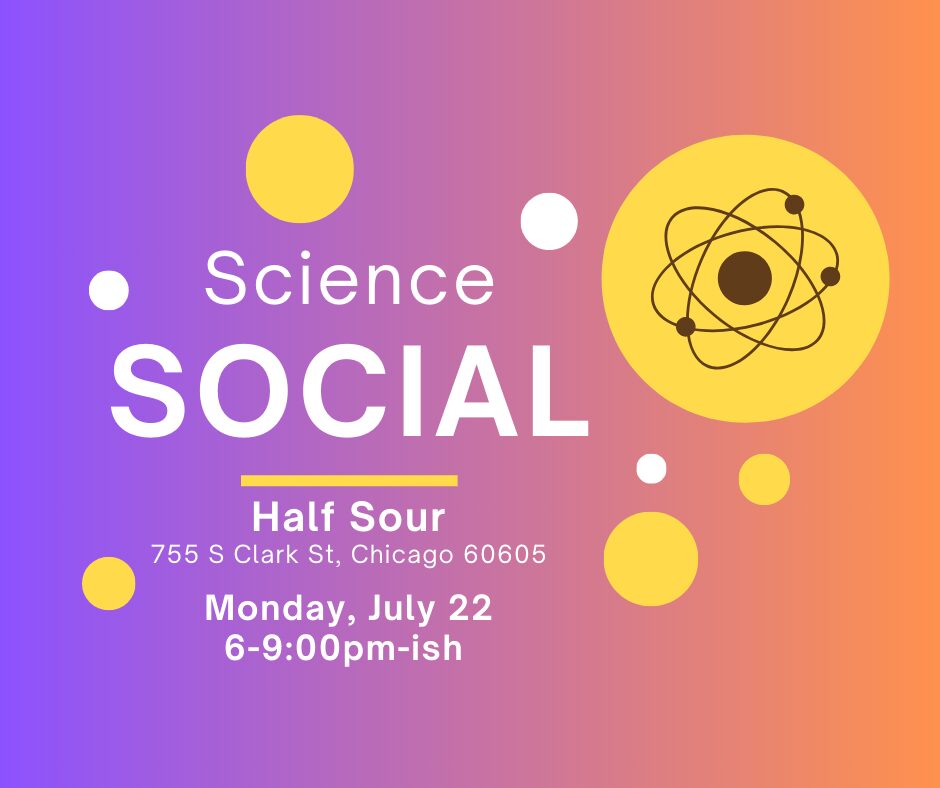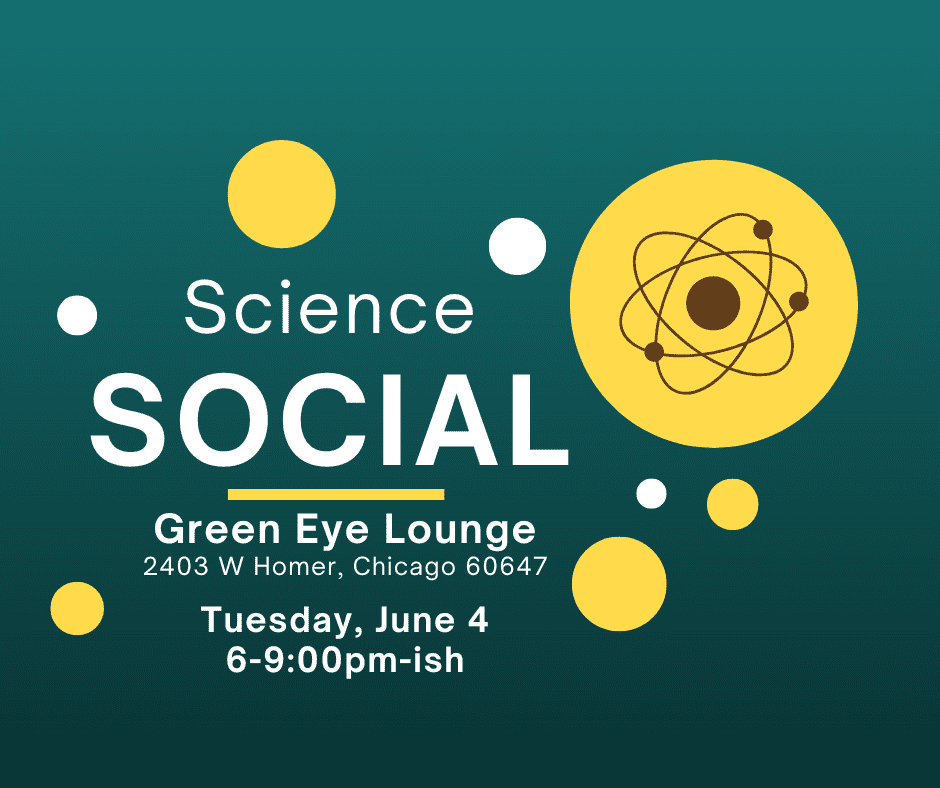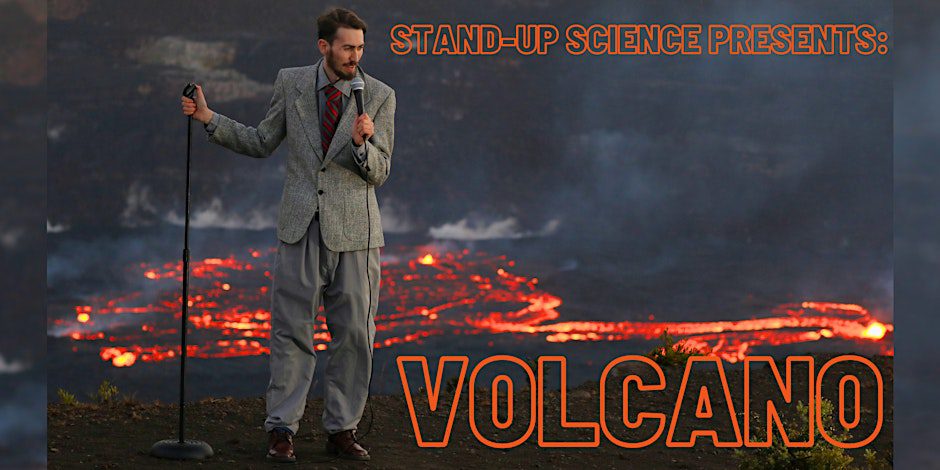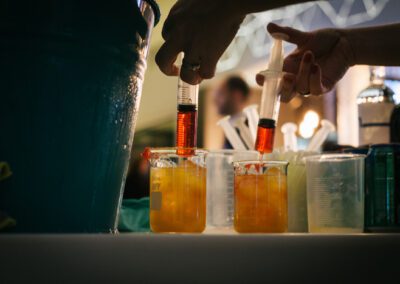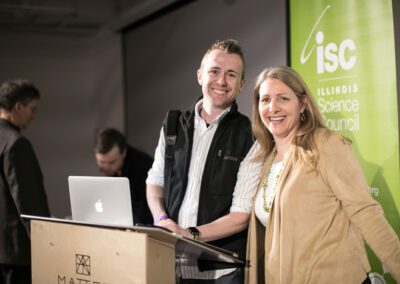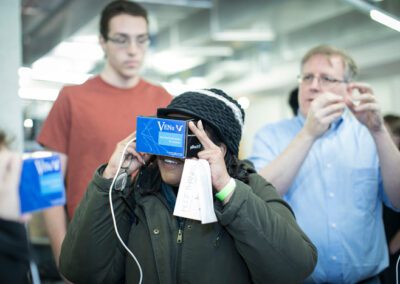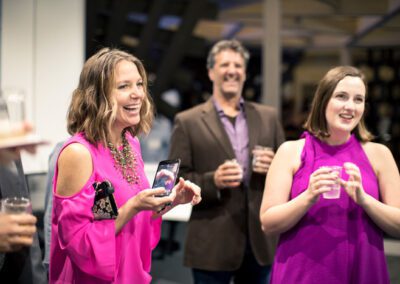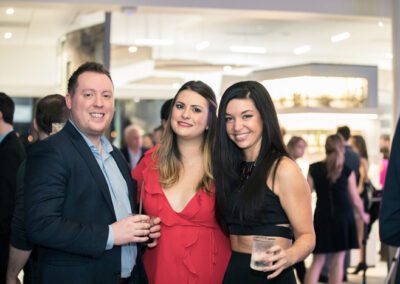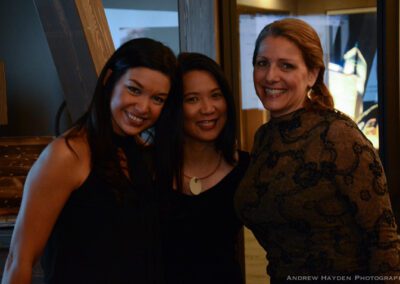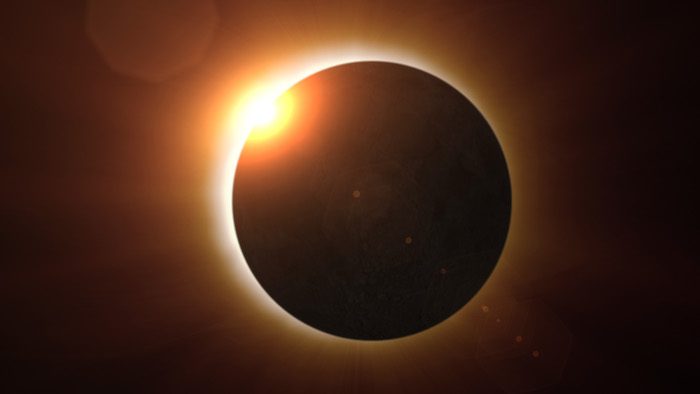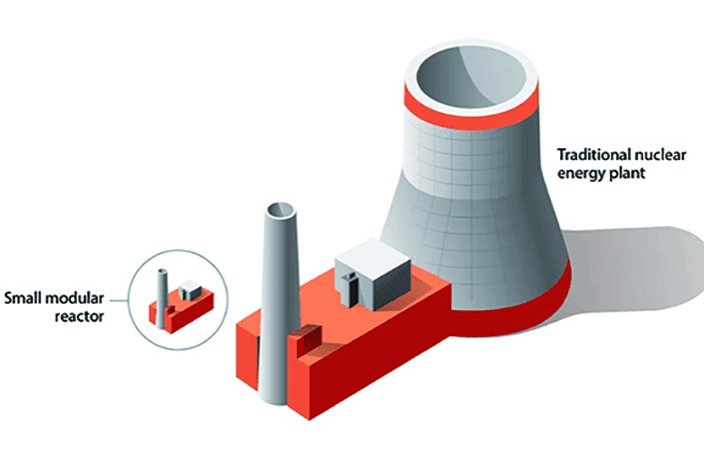Events. Talks. Socializing. Explore your world.
Science, For Adults
Science isn’t in textbooks. It’s everywhere.



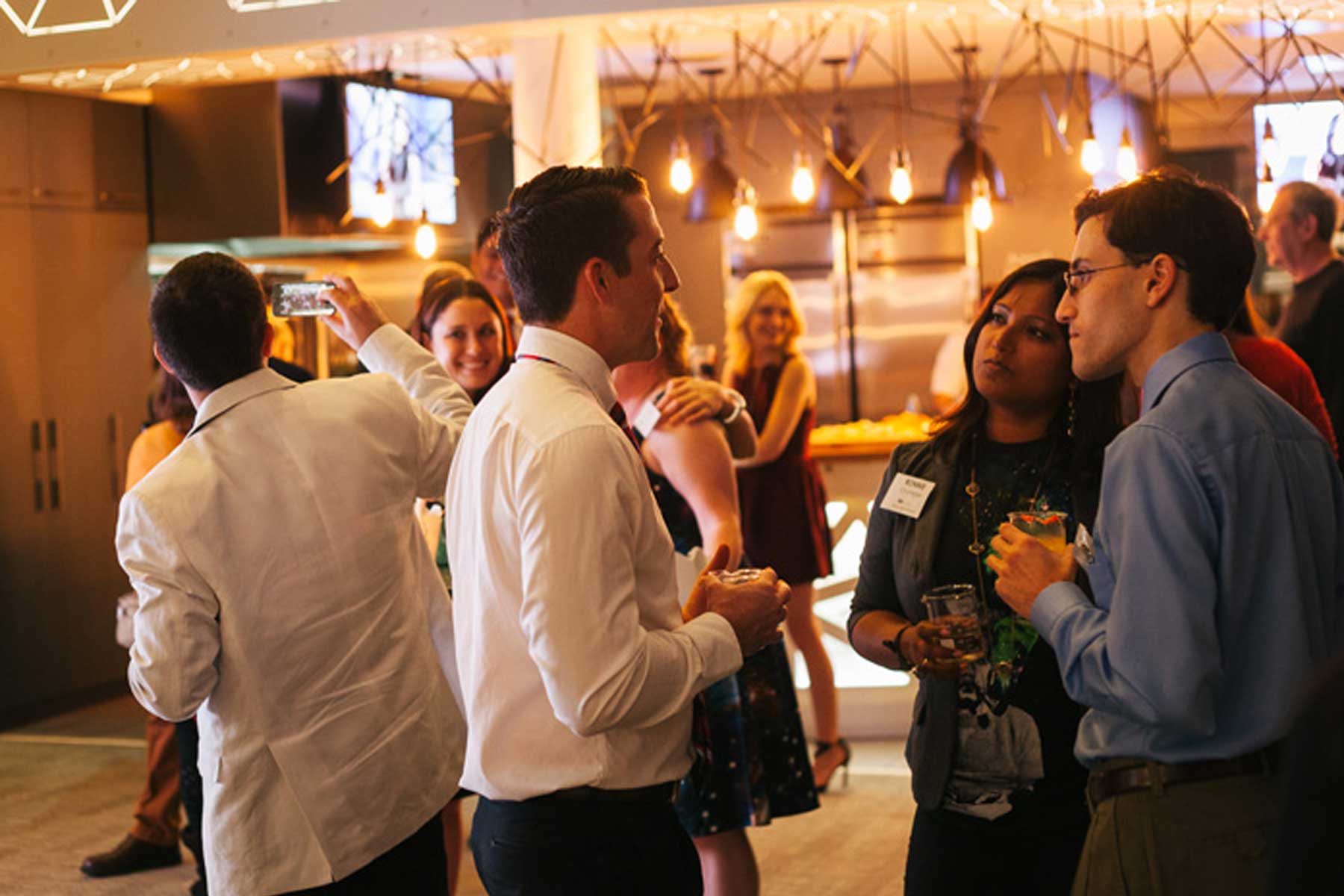

Upcoming Events
Cool Events. Interesting Topics. Great People. It’s a New Way to See Our World.
Why Science? Because Science is Everywhere.
Why do vaccines work? What’s going on with the weird weather? How do they get beer to taste so damn good?
Science is about answering the questions that matter. Asking the right questions and getting the answers makes us more informed as consumers, as citizens, and as people living on this planet.
At Illinois Science Council, we believe that knowing things, from answers for day-to-day questions to knowing how the universe will end, makes a difference. And the best part? It’s also a lot of fun.
It’s not STEM for kids.. It’s science for grown-ups. Be part of our community.

ISC Blog
Go Beyond the News and Learn More About What Matters
Be the most informed person at your next party with our blog. Written by scientists, written for you and me. View All Posts
Want To Be a Part of This?
“Get involved one on of our teams and use your talents to help us plan events, spread the word, and more”
“Write for our blog — we’re looking for passionate experts with something cool to say.”
“We always need people to help us execute our events. It’s a great low-key way to meet people and boost science.”

Help Us Elevate the Chicago Science Scene
We want to make science part of our culture. We’re bringing the awesomeness of science to people who aren’t in school anymore. Why? Because science is for grown-ups.

